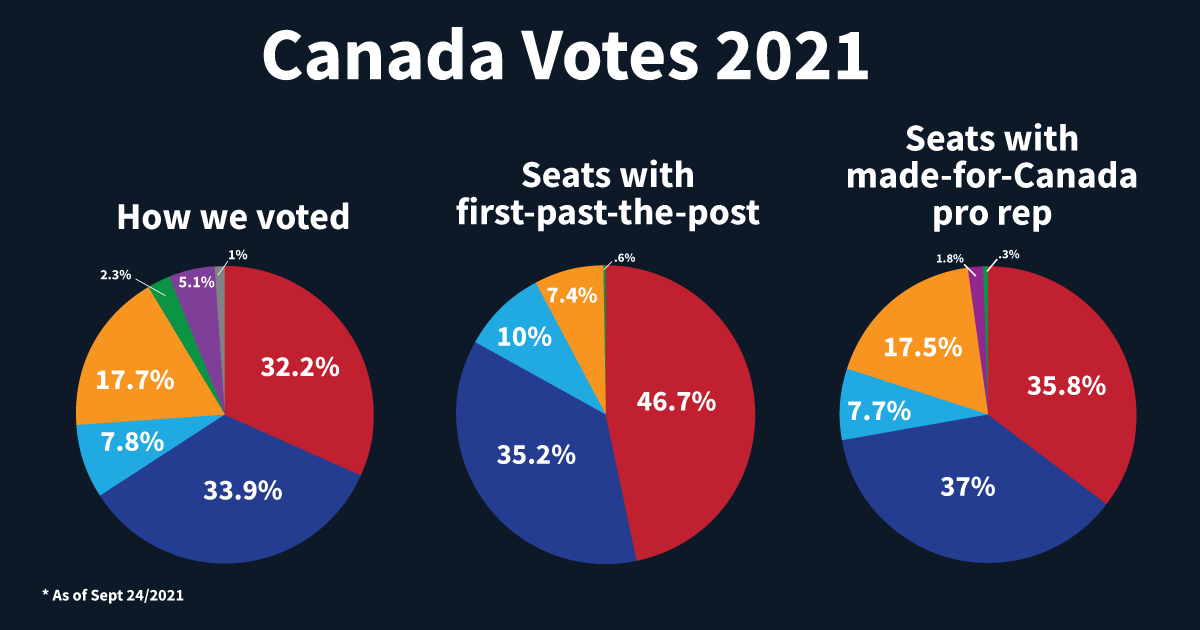Canada has voted — and the results mark a significant political shift that could define the country’s future. The Liberal Party, under the new leadership of Mark Carney, has won enough seats in the House of Commons to form a government, though falling short of an outright majority.
This historic federal election, held on April 28, 2025, came in the wake of Justin Trudeau’s resignation earlier this year and unfolded against a backdrop of rising geopolitical tensions, economic uncertainty, and an increasingly divided electorate.
Election Results at a Glance
- Liberal Party: Leading in 168 seats (172 needed for majority)
- Conservative Party: Leading in 144 seats
- Bloc Québécois: Leading in 23 seats
- New Democratic Party (NDP): Leading in 7 seats
- Green Party: Leading in 1 seat
With 99% of polls reporting, the results are nearly finalized. The House of Commons consists of 343 seats, meaning a party must secure at least 172 to hold a majority government. Carney’s Liberals will now likely form a minority government, possibly relying on cross-party cooperation to pass key legislation.
🗳️ Source: Elections Canada
A Stunning Turn of Events
The election results are nothing short of surprising. Both Pierre Poilievre, leader of the Conservative Party, and Jagmeet Singh, leader of the NDP, are projected to lose their own seats—a rare and dramatic development in Canadian politics.
Poilievre, once seen as a strong contender with a platform centered on “common sense politics,” was defeated in Carleton, Ontario, where he faced a crowded ballot of 90 candidates—many calling for electoral reform. Jagmeet Singh came third in his riding, behind both Liberal and Conservative contenders.
Why the Liberals Gained Ground
Several factors contributed to the Liberal resurgence:
- Leadership Change: The resignation of Justin Trudeau in March and the rise of Mark Carney, a former central banker with international credibility, helped rebrand the party.
- Trump’s Tariffs and Threats: The re-election of U.S. President Donald Trump and his aggressive foreign policy—including 25% tariffs on Canadian goods and controversial merger rhetoric—fueled a nationalist backlash that likely favored the Liberals.
- Voter Turnout: Over 7 million Canadians voted early, breaking records for advance polling. Overall turnout was around 66%, an increase compared to the 2021 election.

Carney’s Response: “Canada Will Not Be Broken”
In his victory speech in Ottawa, Carney warned that the world has “fundamentally changed” and pointed a finger at President Trump, saying:
“America wants our land, our resources, our water, our country. These are not idle threats. President Trump is trying to break us so America can own us. That will never… ever happen.”
Carney emphasized unity and national sovereignty, vowing to represent all Canadians, regardless of political leaning:
“Let’s put an end to the division and anger of the past. We are all Canadian, and my government will work for and with everyone.”
Where the Votes Came From
- Liberals dominated in Ontario and Quebec, which together account for over 200 ridings.
- Conservatives were strongest in Alberta and parts of rural Canada.
- British Columbia showed a tight race between the two leading parties.
- The “905” region around Toronto was a battleground, with the Liberals reclaiming several seats lost in recent by-elections, though Conservatives flipped others.
- The NDP lost Hamilton Centre, a stronghold held for more than 20 years.

Electoral System and Disproportionality
Canada’s first-past-the-post system means the number of seats won often doesn’t align proportionally with the national vote:
- Liberals and Conservatives each received over 40% of the vote but will take home nearly 90% of the seats.
- NDP, despite receiving 6% of the national vote, secured just 2% of the seats.
- This has renewed debate about electoral reform, especially after this election saw record numbers of fringe and independent candidates.

What’s Next for Canada?
Mark Carney, now officially Canada’s 24th Prime Minister, must navigate a fractured House and rising global tensions. His government will face significant challenges, including:
- Managing trade relations with an increasingly hostile U.S.
- Addressing inflation and affordability.
- Responding to renewed calls for electoral reform.
- Ensuring national unity amid rising populist and separatist sentiments.
Carney’s centrist leadership style and economic background may lend stability, but governing with a minority will require compromise and coalition-building.
Further Reading and Resources
- Official Elections Canada Results
- House of Commons – Current Members
- Prime Minister’s Office – News Releases
- Canada-U.S. Relations Overview
- Understanding Canada’s Electoral System
Conclusion
The 2025 federal election marks a turning point in Canadian politics. Mark Carney’s Liberals have secured a fresh mandate but must govern without a majority—a scenario that promises both opportunities and challenges.
As Canada heads into this new chapter, one thing is clear: the political landscape has shifted, and all eyes are now on how this new government will respond to a rapidly changing world.

